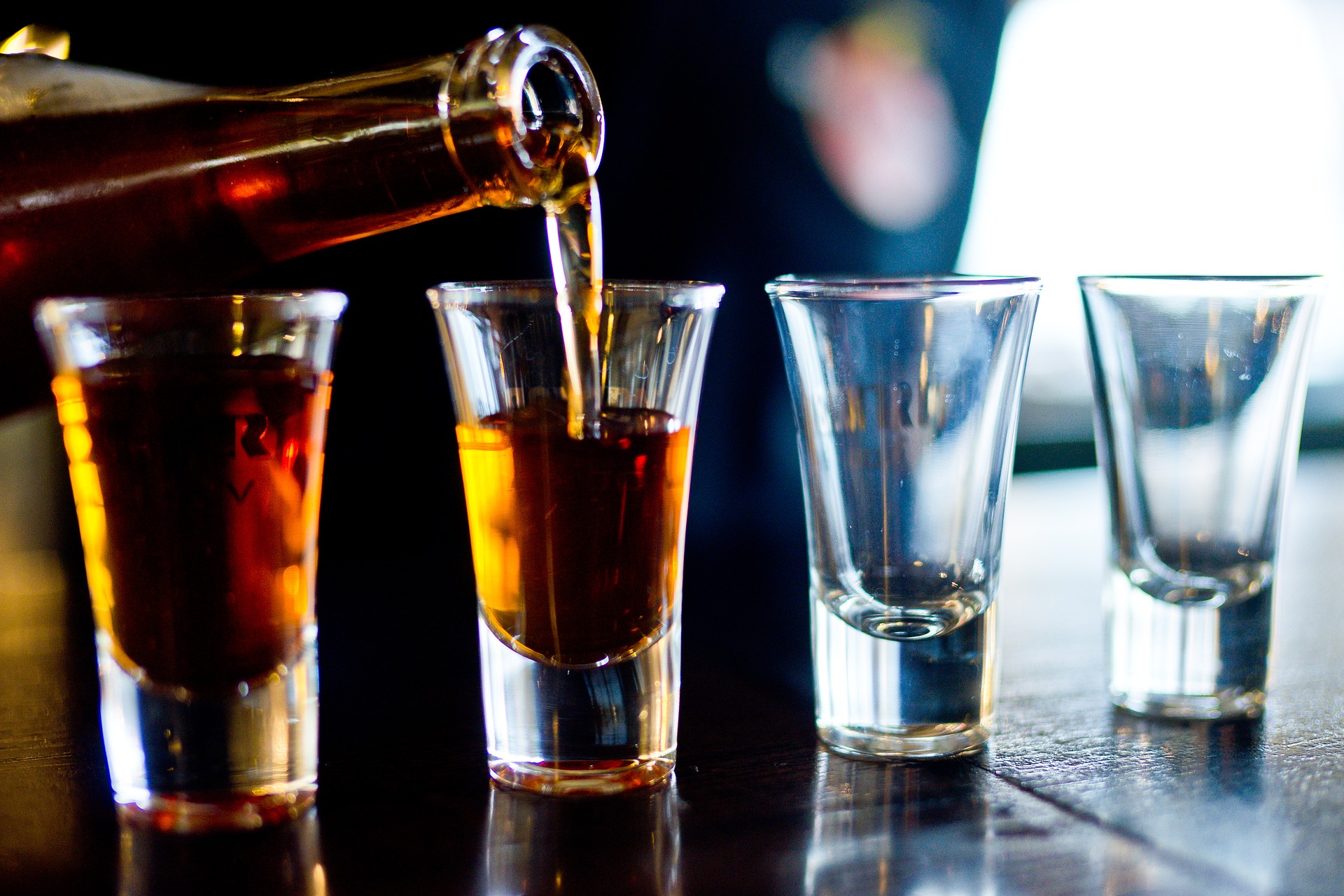A new study found that the number of Americans who have died from alcohol-related problems annually more than doubled between 1999 and 2017. The study was published Wednesday in the journal Alcoholism: Clinical and Experimental Research.
Specifically, the annual number of alcohol-related deaths for people 16 years of age and older doubled from 35.9 in 1999 to 72.5 in 2017. There have been almost one million deaths during that period for this reason.
While middle-aged men accounted for the majority of those deaths, women, especially white women, are catching up, the study found. That is worrisome in part because women's bodies tend to be more susceptible to the effects of alcohol.
"Women are at a higher risk than men at comparable levels of alcohol exposure due to cardiovascular diseases related to drinking, certain types of cancer, alcohol-related liver disease and acute liver failure due to excessive consumption," the writers wrote. authors of the study.
"Because women reach higher blood alcohol levels than men of comparable weights after consuming the same amount, their body tissues are exposed to more alcohol and acetaldehyde, a toxic metabolite of alcohol, after each drink," The authors continued. Government guidelines recommend that women not drink more than one alcoholic drink a day and that men have no more than two.
Researchers think that this number of deaths is a low count, because while death certificates are the best way to track deaths in the United States, certificates often fail to capture the role that alcohol plays in a death. Previous studies have shown that only one in six deaths from drunk driving is actually reported as alcohol-related.
The study also found that overall rates of alcohol-related deaths were more than four times higher among middle-aged adults and older than among people between 20 and 30 years old.
In addition, there was an increase in visits to the emergency room related to drinking among people over 65, largely due to injuries caused by falls. Drinking upsets the balance on its own, of course, but it can also interact with medications, which makes the problem worse. A separate report published last summer found that 1 in 10 older people participated in drunkenness.
The vast majority of alcohol-related deaths among adolescents in the new report involved acute alcohol consumption. The rate of such deaths remained stable for young men during the time period of the study, but increased among young women.
"Death by despair"
Dr. Elliot Tapper, an assistant professor at the University of Michigan, whose practice area focuses on cirrhosis and hepatic encephalopathy. and that he has used the same data working on similar studies that show similar results, said the new research is sound, according to CNN .
"When several researchers reach the same conclusion using different methods, I can tell you with certainty that these results are valid," said the researcher.
Tapper said that over the years he thought a lot about why there are so many more alcohol-related deaths and attributes it to three factors. First, that the higher prevalence of obesity, metabolic syndrome and diabetes make an increase in alcohol consumption much more harmful. "This is true for people who are 18, as well as for people who are 65," the professor said.
Second, he said, studies have shown that people drink stronger drinks. "I live in a university city and I see that university students drink products that are sweeter, easier to drink and have a higher percentage of alcohol," Tapper said.
Finally, he thinks it is no coincidence that the number of deaths from alcohol soared after the Great Recession of 2008, as with other "deaths from despair." "This is more speculative, but there is a certain cultural social force that is leading people to drink more," Tapper said. "That could be related to changes in socioeconomic status, but it is true that we are seeing that people drink more than once and there is much more excessive alcohol consumption, which puts people at risk."
The good news, he said, is that alcohol-related deaths are preventable and there are public health options that could reduce these deaths. Higher taxes on liquor can stop alcohol consumption. Concert halls could restrict the amount of drinks someone could buy at a concert, he suggests, or there could be stricter levels of blood alcohol for drivers.
"I don't think drinking is a crime at all, but there has to be a way to change the policy to reduce access to the crazy amount of alcohol available to people at risk," Tapper said. "If you catch people at the right time and if they can stop drinking, this is a promising situation."
"I have seen people enter my clinic with liver failure and then, after stopping drinking, and after a year, they seem like a million dollars. The liver can regenerate and this is a problem that can often be helped," he concluded. The teacher.
RELATED:
Cancer: how many cigarettes is a bottle of alcohol?
Obesity, alcohol and cigarettes are the main causes of cancer




/cloudfront-eu-central-1.images.arcpublishing.com/prisa/GDIPSQV5DRBALCE5I2EXC47C5M.jpg)
